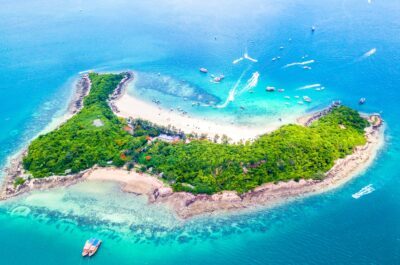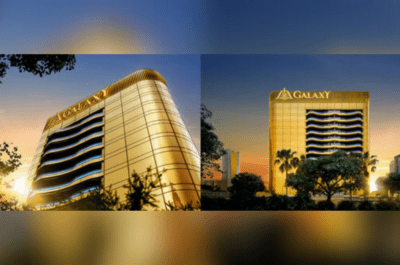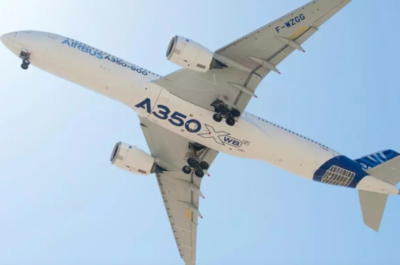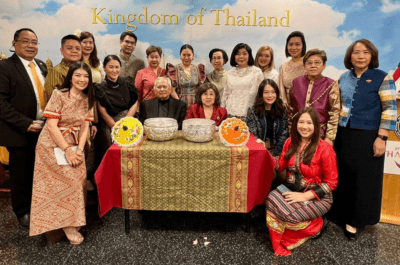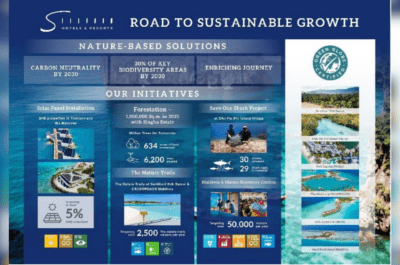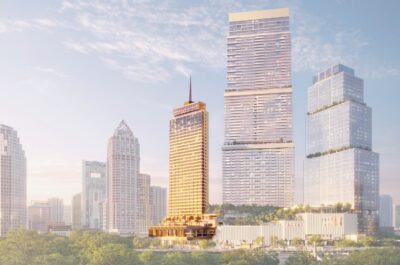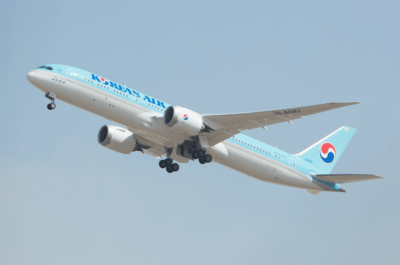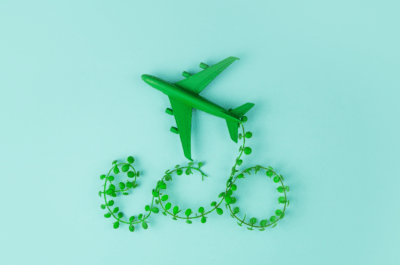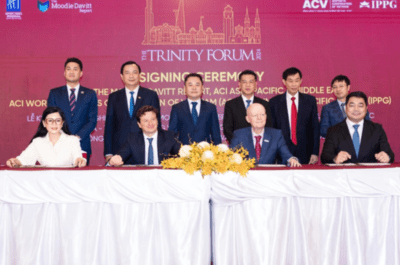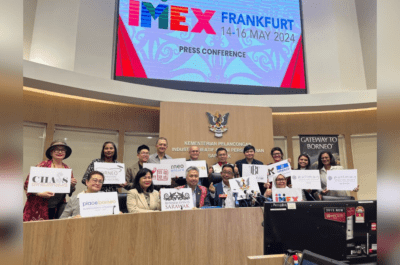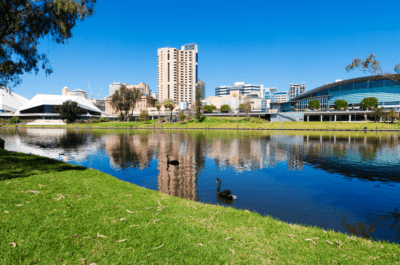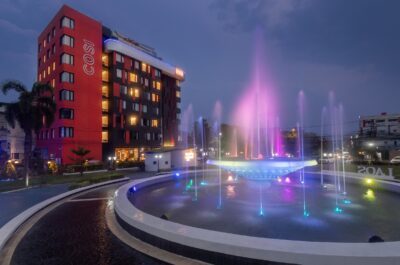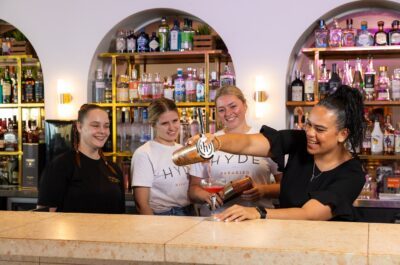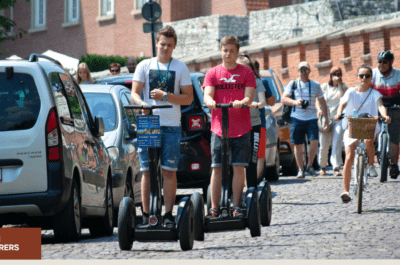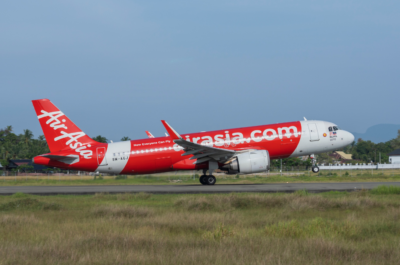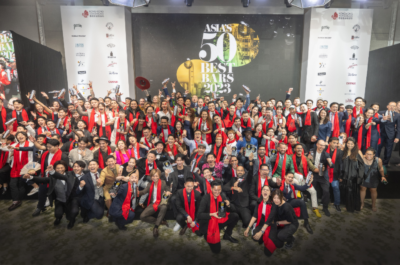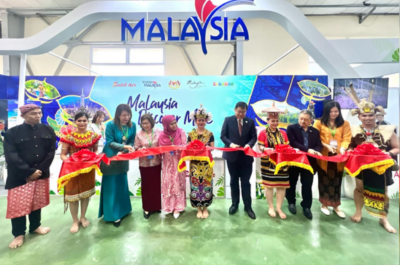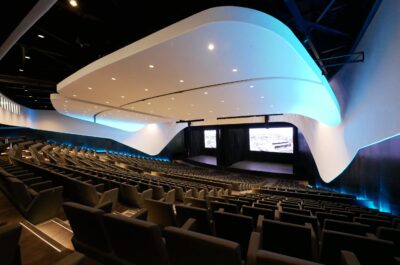Detailed Hong Kong visitor arrivals figures for July 2003 issued by the Hong Kong Tourism Board (HKTB) show that a total of 1,291,828 arrivals were recorded, only 5.6% fewer than for the same month in 2002. …
Detailed Hong Kong visitor arrivals figures for July 2003 issued by the Hong Kong Tourism Board (HKTB) show that a total of 1,291,828 arrivals were recorded, only 5.6% fewer than for the same month in 2002.
This compares with year-on-year shortfalls of 67.9% in May and 38.2% in June, giving a clear indication that the tourism revival is gaining steady momentum. In fact the total number of visitors in July was 78% higher than in June.
Especially encouraging is the fact that July arrivals from Mainland China grew 22.6% to 693,008, the second consecutive month of positive year-on-year growth from this market. Moreover, this result largely precedes the impact of the new visa relaxations for frequent individual travellers (FITs), as the first series of these measures, applying to the Guangdong cities of Dongguan, Foshan, Jiangmen and Zhongshan, did not take effect until the last few days of the month, on 28 July.
HKTB Executive Director Clara Chong said that she was now optimistic that arrivals would move back into positive year-on-year growth for August, with the many special offers and attractions of the Board`s Hong Kong Welcomes You! promotion having generated a strongly positive response from the overseas markets. Early figures show that in the first half of August alone, we have welcomed nearly 800,000 visitors, she noted, so we appear well on track to match the 1.5 million visitors recorded in August 2002, which at that time was a new monthly record.
A number of factors are all now coming together to give momentum to the revival, including the success of the Hong Kong Welcomes You! packages launched by our trade partners in different markets, the pent-up demand for travel that is now being released after the SARS outbreak, and the start of the FIT relaxtions on the Mainland.
Analysis by Markets, July and January-July 2003
While growth in July was led by the Mainland and by business travel, a number of other markets showed encouraging signs of revival in July, narrowing the shortfalls recorded in previous months. Arrivals from Taiwan, totalling 208,083, were a modest 5.8% down, a huge improvement on the 64.5% shortfall in June. Meanwhile two individual countries to perform well were India (15,876, -6.0%) and South Korea (30,292, -13.8%).
Other countries in South & Southeast Asia to show improvement were Malaysia (16,125, -24.8%) and the Philippines (16,654, -28.3%), which were 69.8% and 75.7% down respectively in June.
In the long-haul markets, arrivals from Australia, New Zealand & South Pacific were 28.9% down; those from Europe, Africa & the Middle East 31.2% down; and those from The Americas 40.7% down. These figures compare with much larger falls of 64.0%, 62.8% and 73.4% respectively in June. Promotions targetting the ethnic Chinese markets in countries like Canada, the United Kingdom and Australia have proved successful as many such travellers have relatives or friends in Hong Kong and are amenable to an early return.
Although, as expected, much of the revival is coming from the short-haul markets at present, it remains our goal to achieve a balanced portfolio of visitors from all different markets once the situation stabilises, Ms Chong noted. For this reason we will be launching a new global advertising campaign under the theme Hong Kong – Live it, Love it! from September onwards.
This will be supported by our series of mega-events, which started on Welcome Day when we launched Strato-Fantasia in front of some 800 invited trade and media guests from all over the world. The mega-events will continue until at least March 2004 and although they are targeted at visitors from all markets, some of them will have special appeal to long-haul travellers, who are always very interested in traditional Chinese festivals like Mid-Autumn and Chinese New Year.
Cumulatively, arrivals for the first seven months of 2003 now stand at 18.4% down compared with the same period in 2002, although arrivals from the Mainland are showing positive overall growth of 13.9%. All other markets are currently in negative overall growth of between 33% and 45%.
The HKTB stated that it does not expect to see recovery in the long-haul markets gaining strong momentum until the end of 2003, while a full recovery to pre-SARS levels is unlikely to occur until early 2004, as it takes more time to rebuild confidence in these markets and convert interest into actual travel.
Same-Day Visitors
In July 2003, 40.8% of all visitors continued to other destinations on the same day as arrival. However, this figure marks an improvement on the 43.8% of arrivals that were same day visitors in May and the 44.8% in June, indicating that more of the longer-staying leisure visitors are now coming back.
Taiwan continues to be the market most affected by this trend, as many Taiwan visitors are business people travelling via Hong Kong to or from other destinations in Southern China. In July, only 26.1% of all Taiwan visitors stayed for one night or longer, although this is a slight increase from the 24.4% who did so in July 2002. In contrast, 72.0% of visitors from both The Americas and South & Southeast Asia stayed for at least one night, as did 71.1% of those from Australia, New Zealand & South Pacific and 66.5% from the Mainland.
For the first seven months of 2003 to date, 60.7% of all visitors have stayed for one night or longer, compared with 64.2% for the same period in 2002.
Hotel Occupancy
Average occupancy rate across all categories of hotels and tourist guest houses in July was 71%. While this falls short of the 82% occupancy recorded in July 2002, it nevertheless shows a marked recovery for the hotel industry when compared with the 34% recorded in June and just 18% in May. Hotels of all tariff categories and in all locations benefited from the improved figures. However, the average achieved room rate was HK$558, an 11.7% decline from the average rate in July 2002.
With the situation steadily improving, most hotels are now back to full operation. although renovation projects are continuing in some cases. In July, occupancy rates were based on 34,409 available rooms, which represents 89.7% of a total inventory of 38,352 rooms in establishments responding to the HKTB`s surveys.
Cumulatively, occupancy for the first seven months of 2003 now stands at 57%, compared with 82% for the same period in 2002.
Theodore is the Co-Founder and Managing Editor of TravelDailyNews Media Network; his responsibilities include business development and planning for TravelDailyNews long-term opportunities.
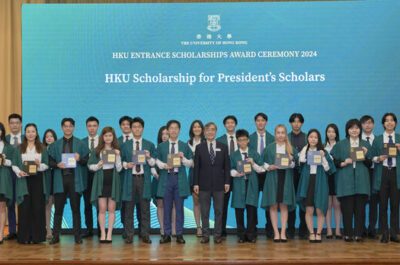



![[PR] PR_Ascott and Vimut Hospital_2024](https://www.traveldailynews.asia/wp-content/uploads/2024/04/PR-PR_Ascott-and-Vimut-Hospital_2024-400x265.jpg)

